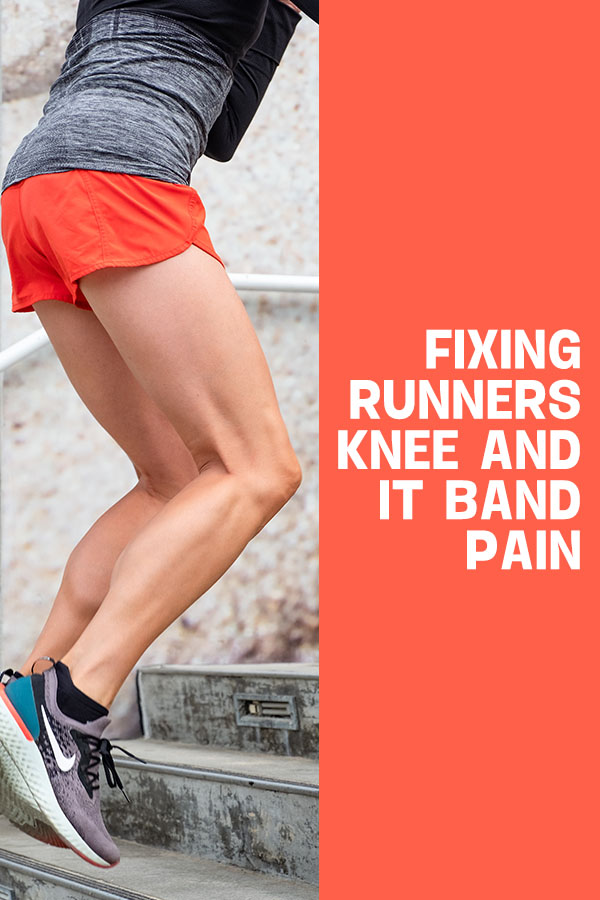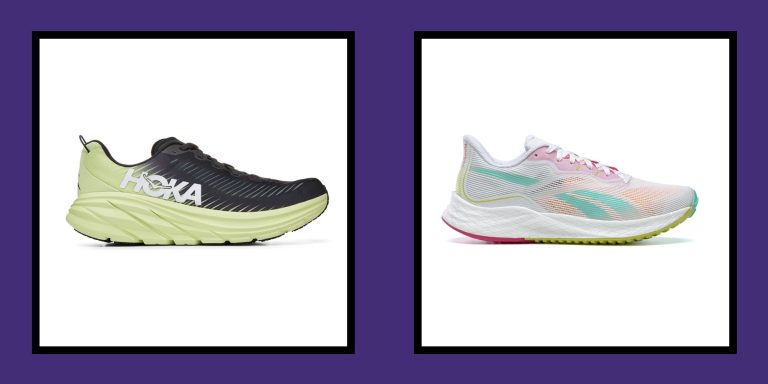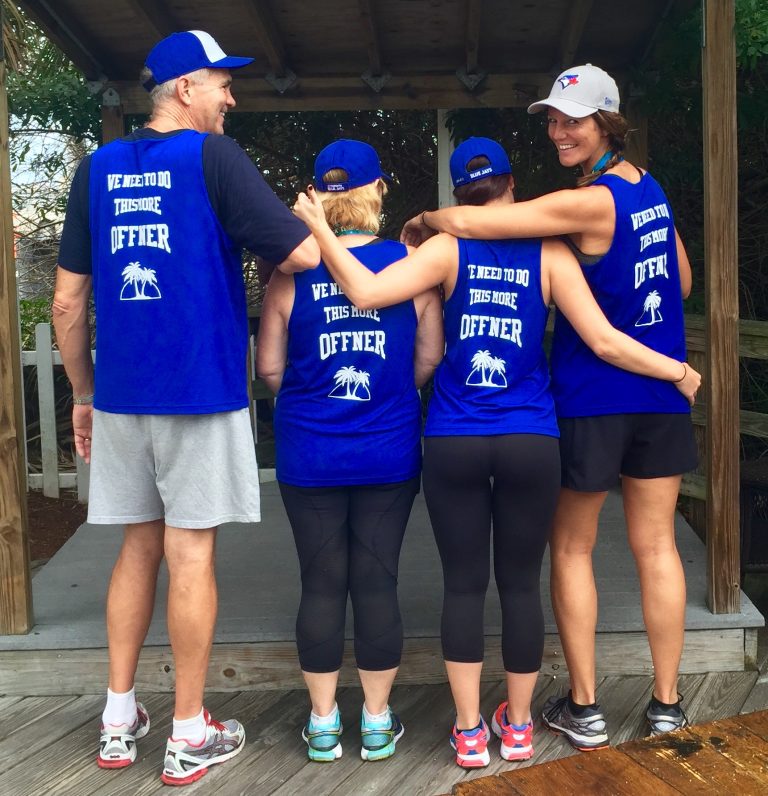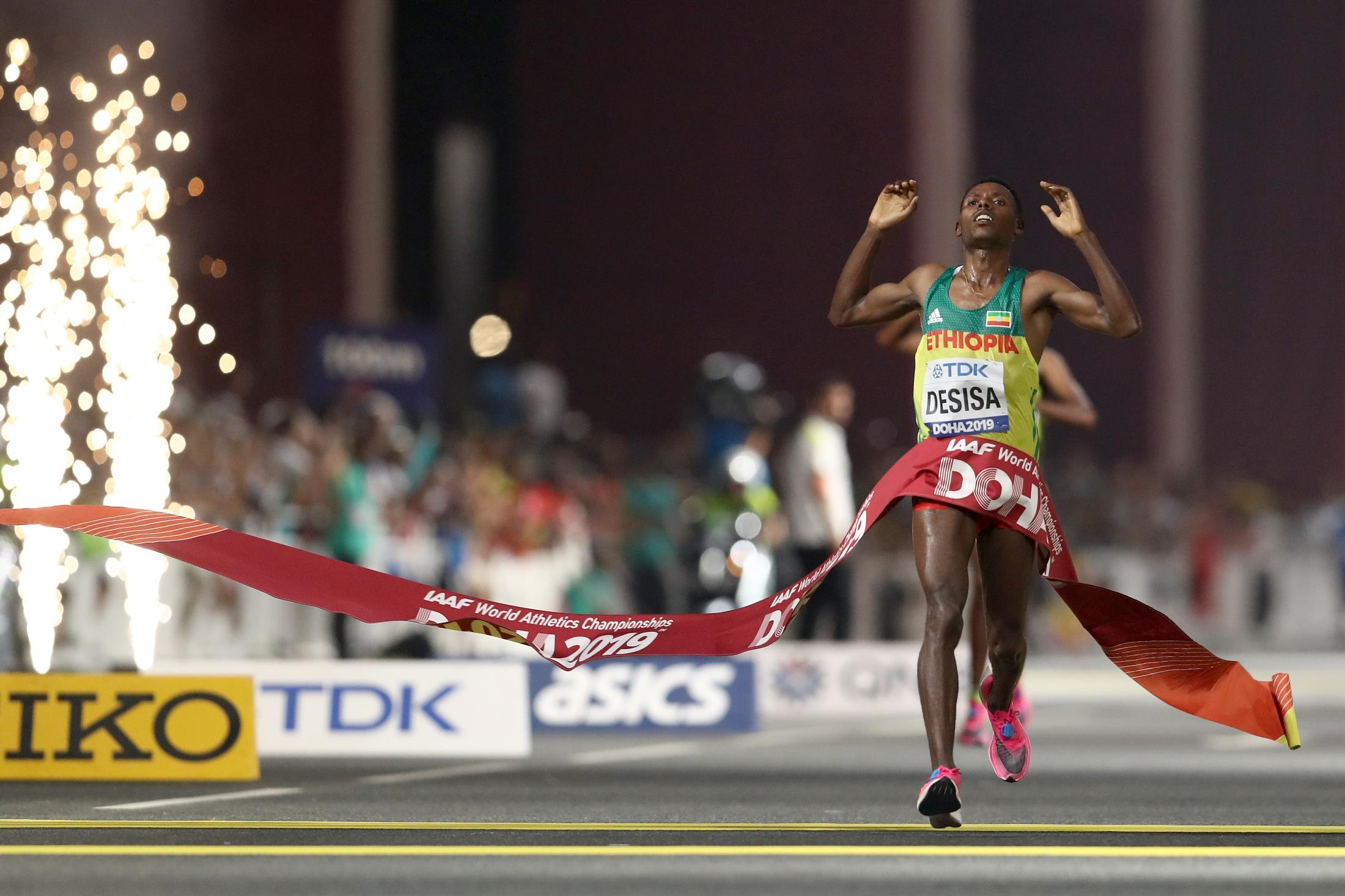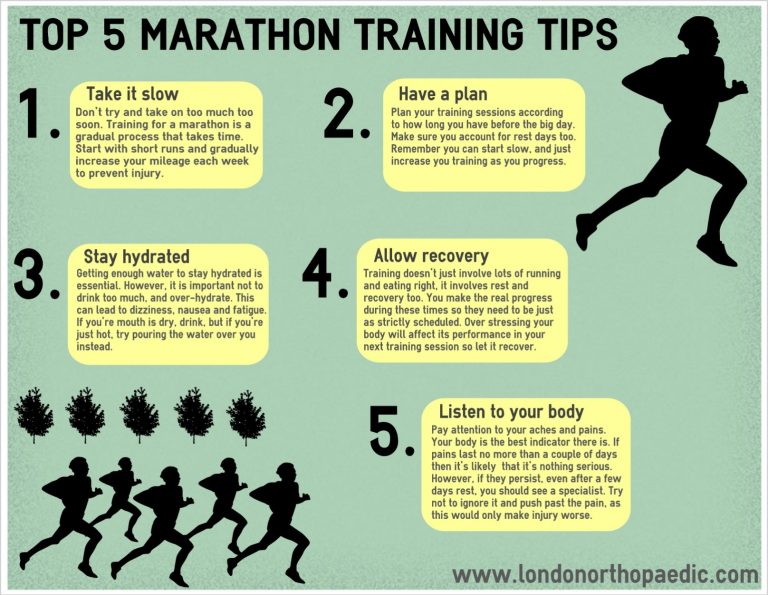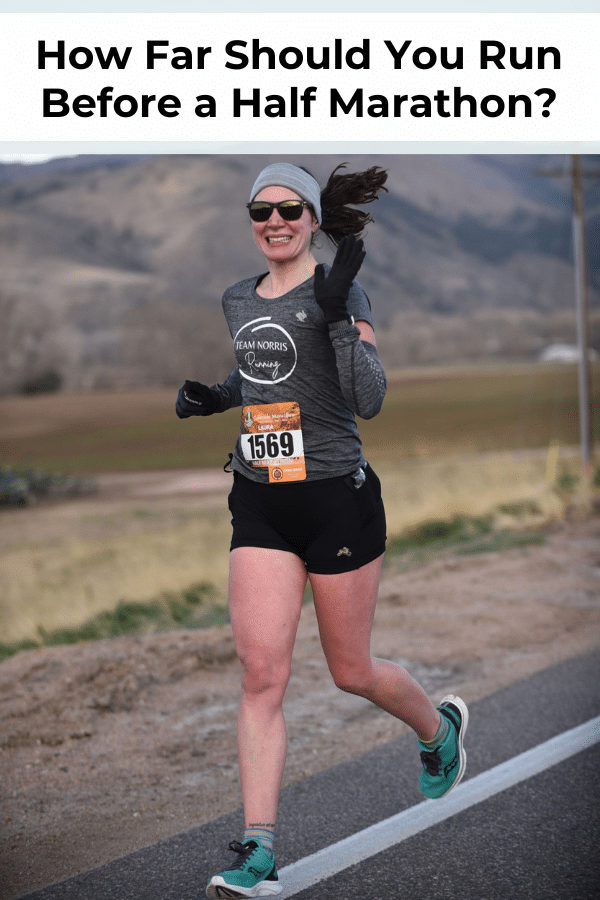Fix Runner’s Knee And Knee Drift
To fix runner’s knee and knee drift, you need to strengthen the hip abductors and gluteus medius muscles. Incorporate exercises like clamshells and hip hikes.
Runner’s knee, also known as patellofemoral pain syndrome, is a common overuse injury among runners and athletes. It causes pain and discomfort around the kneecap due to issues with the alignment of the patella within the femoral groove. Knee drift, on the other hand, is when the knee moves inward during activities like running or squatting, leading to potential injuries.
By focusing on strengthening the hip abductors and gluteus medius muscles, you can address these issues and improve your overall knee alignment and stability. Next, we will delve deeper into specific exercises and strategies to help you fix runner’s knee and knee drift effectively.
Causes Of Runner’s Knee
Runner’s knee, also known as patellofemoral pain syndrome, is a common injury among runners and can be caused by various factors. Understanding these causes is crucial in preventing and treating this condition effectively. Let’s delve into the causes of runner’s knee and how they contribute to the development of this painful condition.
Overuse And Repetitive Motion
Overuse of the knee joint due to repetitive, high-impact activities such as running and jumping can lead to the development of runner’s knee. The constant bending and straightening of the knee during these activities can strain the patella (kneecap) and the surrounding tissues, causing inflammation and pain.
Improper Footwear
Wearing improper footwear while engaging in physical activities can also contribute to runner’s knee. Inadequate support, incorrect shoe size, or worn-out soles can result in poor biomechanics and excessive stress on the knee joint, leading to discomfort and injury.

Credit: m.youtube.com
Treating Runner’s Knee
Learn how to effectively treat runner’s knee and correct knee drift with expert advice and targeted exercises. Say goodbye to discomfort and improve your running technique with proven methods for addressing these common issues.
Rest and ice can help alleviate pain and reduce inflammation in cases of runner’s knee.Rest And Ice
Rest your knees and ice the affected area to minimize pain and swelling. Consistent application is key. Physical therapy exercises can strengthen the muscles around the knee and improve flexibility for long-term relief.Physical Therapy Exercises
Incorporate exercises targeting the hip, quadriceps, and hamstrings to enhance knee stability and prevent further injury. Proper footwear and orthotics can provide additional support and alignment to mitigate knee drift during running.Proper Footwear And Orthotics
Invest in shoes that offer adequate cushioning and arch support tailored to your foot type. Orthotic inserts can offer additional reinforcement.Preventing Knee Drift
Preventing Knee Drift is crucial for runners to avoid pain and maintain proper form. To keep your knees properly aligned, focus on:
Strengthening Hip Muscles
Engaging and strengthening your hip muscles can help prevent knee drift during runs.
Improving Core Stability
A strong core is essential for proper alignment and stability, preventing knee drift.
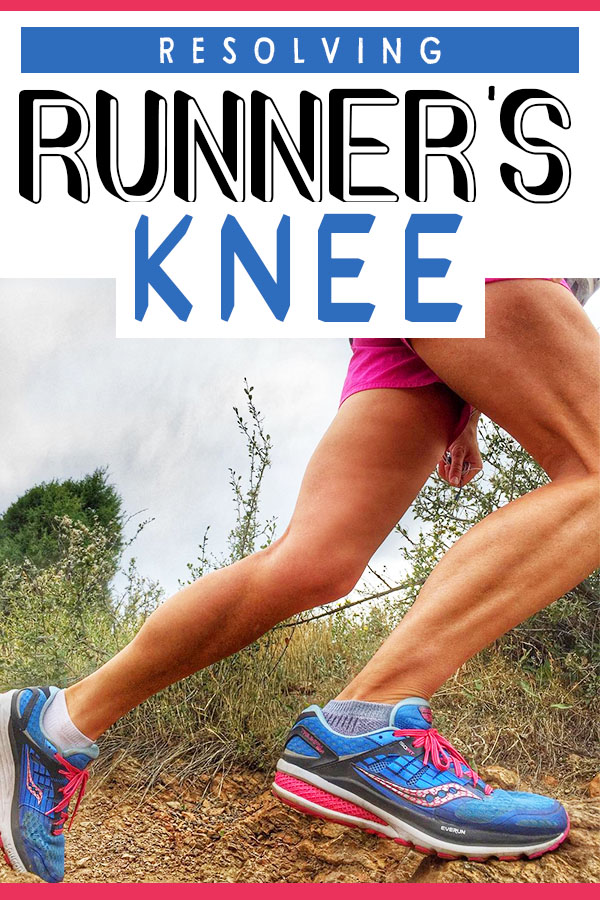
Credit: www.runtothefinish.com

Credit: www.runtothefinish.com
Frequently Asked Questions For Fix Runners Knee And Knee Drift
Can Knee Drift Be Caused By Weak Hip Muscles?
Yes, knee drift can be caused by weak hip muscles. When the hip muscles are weak, it can lead to improper alignment of the knee, resulting in knee drift during activities like running.
What Exercises Can Help Fix Runners Knee?
Some effective exercises to fix runners knee include squats, lunges, step-ups, and clamshells. These exercises help strengthen the muscles around the knee, promoting stability and reducing the risk of knee pain and injuries.
How Can I Prevent Runners Knee From Recurring?
To prevent runners knee from recurring, it’s important to incorporate proper warm-up and cool-down routines, maintain a balanced training program, gradually increase intensity, wear appropriate shoes, and listen to your body’s signals to avoid overtraining. Regular stretching and strengthening exercises can also help maintain knee stability.
Conclusion
Addressing runners knee and knee drift requires a comprehensive approach. By implementing targeted exercises, proper footwear, and technique adjustments, individuals can effectively alleviate pain and prevent future injuries. Furthermore, consulting with a healthcare professional and staying proactive about recovery is essential for long-term relief and peak performance.

